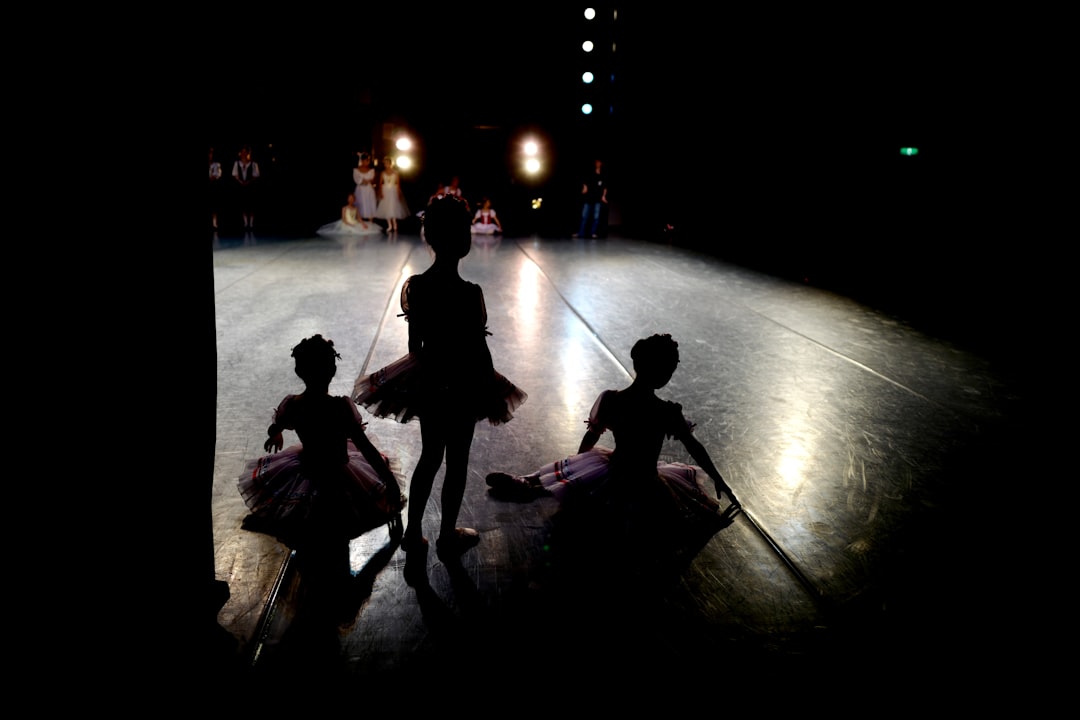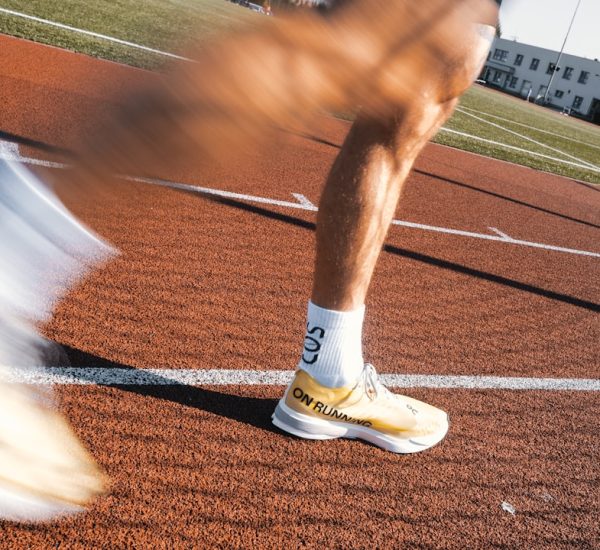Dance has long been considered a form of artistic expression, celebrated in cultures worldwide for its beauty, storytelling, and emotional resonance. But in recent decades, a rising debate has emerged across academic forums, gyms, and living rooms: Is dance a sport? While many see dance solely as an art form, others argue that it requires the same intensity, skill, and physical endurance as traditional sports. From a scientific perspective, dance shares many qualities with disciplines like gymnastics, figure skating, and even martial arts—sports that blend performance and physical rigor. So, is dance a sport? Let’s explore the science behind skill, endurance, and scoring to find the answer.
The Athletic Demands of Dance
While the world often views dancers through the lens of grace and poise, behind every grand jeté and pirouette lies a regimen that requires strength, flexibility, and cardiovascular endurance. Professional dancers, whether in ballet, hip hop, contemporary, or ballroom, train for hours each day—often more than professional athletes in widely recognized sports.
- Cardiovascular endurance: High-intensity dance routines elevate heart rates into zones typical for aerobic and anaerobic exercise.
- Muscle training: Core strength is essential for control and balance. Lower and upper body muscles are equally crucial for jumps, lifts, and pose stabilization.
- Flexibility and coordination: Dancers train relentlessly to increase their range of motion and fluidity in movement, a trait essential in disciplines like gymnastics.
Scientific studies have even shown that the oxygen consumption (VO2 max) during dance performances can rival that of long-distance runners. Professional dancers may burn hundreds of calories per hour depending on the dance style, intensity, and duration of practice or performance.

Skill and Technical Mastery
Just like sports, dance depends heavily on refined technique and consistent training. It takes years to develop the control and precision necessary for complex movement patterns. In disciplines like ballroom dancing and jazz, dancers must execute footwork with near-perfect timing and accuracy, often in synchronicity with a partner or group.
Much like athletics, dance follows a progression model of skill acquisition:
- Fundamental movements: Beginners learn basic steps, posture, and rhythms akin to learning to dribble or kick a ball.
- Form and technique building: At this stage, precision and muscle memory develop.
- Performance and interpretation: Similar to high-level athletes exhibiting strategy and flair, advanced dancers integrate emotional expressiveness with trained skills.
Additionally, dancers undergo mental training similar to athletes. Visualization, pattern learning, and timing are all cognitive tasks honed over years, often compared to practices in sports psychology.
Competitive Structure and Scoring
One of the most structured aspects supporting the classification of dance as a sport is its competitive component. Dance competitions exist globally and follow strict judging criteria, often mirroring assessments in sports like diving or figure skating.
Events like national ballroom dance championships, breakdancing battles, and Olympic-style competitions rate dancers on criteria such as:
- Technique
- Choreography complexity
- Synchronization
- Artistic interpretation
- Athletic skill
Each element is scored using a point system, and dancers train specifically to maximize scores across these metrics. In fact, breakdancing, or “breaking”, has been officially recognized as an Olympic sport for the Paris 2024 Games, underlining the global acceptance of dance as a sporting discipline.

Injury Rates and Recovery
Another revealing factor is injury analytics. Dancers face an injury rate that rivals sports like soccer and basketball. Overuse injuries, stress fractures, and muscle strains are common among professionals and amateurs alike. The science of sports medicine is increasingly applied to dance, with physical therapists and trainers now specializing in the nuances of dance-related injuries and rehabilitation methods.
This correlation with high-impact sports injuries strengthens dance’s position as a physical discipline as demanding and hazardous as any sport.
Dance vs. Traditional Sports: A Thin Line
The main argument against dance being a sport stems from its intrinsic artistic value. Dance is judged not only based on physical performance but also on interpretation, musicality, and creativity. But modern sports like figure skating, synchronized swimming, and rhythmic gymnastics share these characteristics as well.
The International Olympic Committee (IOC) has gradually opened up its definitions to include sports that merge performance with athleticism, and dance fits neatly within these evolving boundaries.
The Final Verdict
From a scientific standpoint examining endurance, skill, scoring, and competitive structure, dance certainly qualifies as a sport. While it remains distinct as a performing art, the physical and mental demands match those of officially recognized sports. Rather than seeing dance and sport as mutually exclusive categories, it is more accurate to describe dance as a hybrid: an athletic art that pushes the human body to its limits while capturing the imagination of audiences worldwide.
Frequently Asked Questions (FAQ)
- Q: Is dance considered a sport by official organizations?
A: Some styles of dance, like breaking, are officially recognized by the International Olympic Committee. Many other dance forms are part of global competitive events with structured scoring systems. - Q: How physically demanding is dancing compared to other sports?
A: Dance requires comparable cardiovascular endurance, strength, and flexibility as sports like soccer, gymnastics, and figure skating. - Q: Do dancers suffer from sports-related injuries?
A: Yes. Common injuries include stress fractures, sprains, and tendonitis, similar to those sustained in traditional sports. - Q: How is dance judged in competitions?
A: Dance competitions are judged based on technique, synchronization, choreography, difficulty, and artistic interpretation. - Q: Can someone become a professional dancer without considering it a sport?
A: Absolutely. While dance can be approached as a sport, it can also be practiced strictly as an art or cultural activity. The classification often depends on context and personal perspective.


